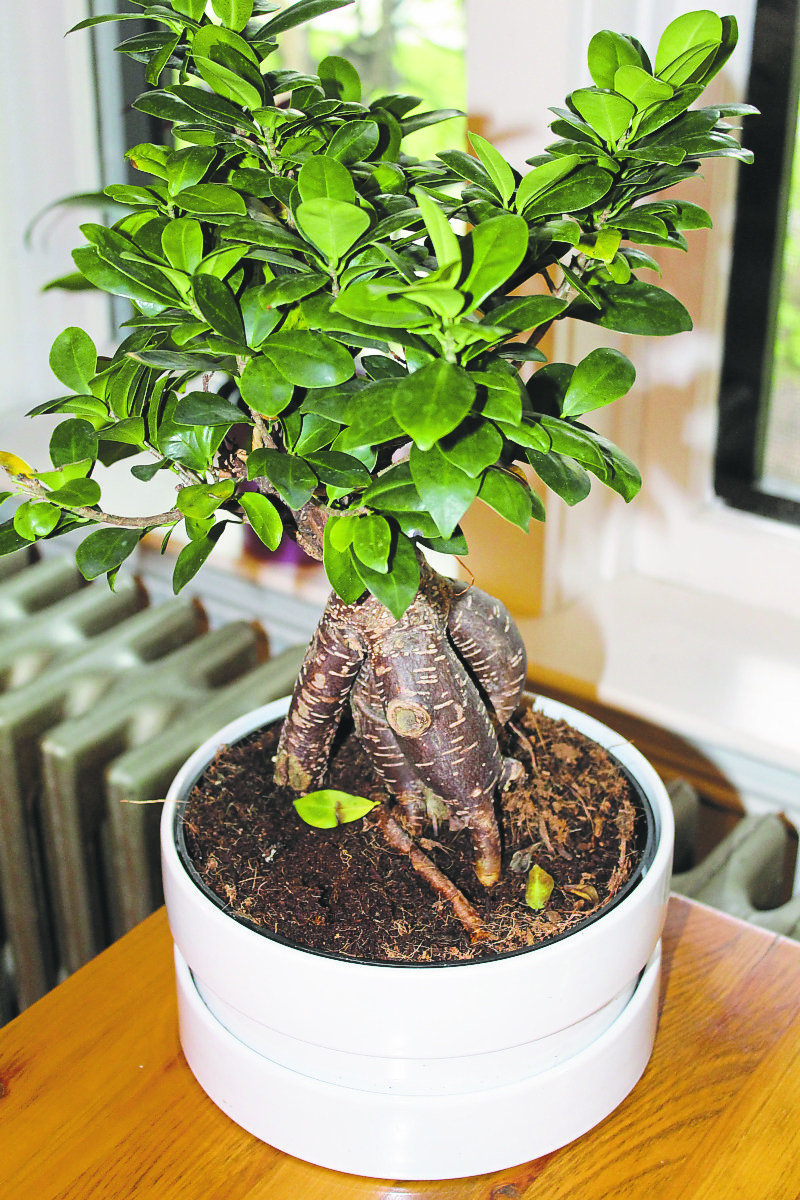Zen and the art of bonsai maintenance
Advertisement
Hey there, time traveller!
This article was published 19/05/2015 (3789 days ago), so information in it may no longer be current.
I bought a small potted bonsai tree at Ikea and had no idea what I was in for.
As a 21-year-old who has just finished the second-last year of my degree, has just started my first office job downtown, and is finally redoing my bedroom, I thought it would be a nice little addition to my life.
Since I can’t own a cat or dog because of allergies — and I killed the two fish I owned as a kid — owning a pet is out. I don’t really have much responsibility beyond household chores and cleaning, working on assignments, going to work, and taking care of myself, so I figured taking care of one lousy little tree wouldn’t be that hard.

My mom and dad garden avidly, and as soon as I brought it home my mom laughed, and said, “You basically picked the most high-maintenance plant you possibly could have.”
Naturally, I didn’t read the instructions — I just liked the way it looked and brought it home. When I read through the information package and looked online, I realized what I had done. Charging ahead first and asking questions later is pretty typical of me and, I’d assume, a lot of other people my age. However, the plant was only $30, so I actually made quite an investment without even really realizing it.
According to the label, the type of tree I own is called a ginseng ficus bonsai, and one post on HubPages said it is the “perfect bonsai tree for the beginner.”
The plant flourishes best if you spray it with a misting bottle every day to maintain humidity. Bonsai trees also require regular pruning to maintain their shape, and the directions say to trim two leaves for every six to eight that grow.
The Japanese art of bonsai began in the sixth century, and is still practised with a focus on long-term cultivation (bonsaiempire.com). They are a work of effort, maintenance and contemplation for the grower. Buying one of these tiny trees and keeping it alive could probably teach anyone about responsibility and caring for another living thing.
After all, getting a puppy isn’t always a viable option.
Raegan Hedley is a community correspondent for St. James.




